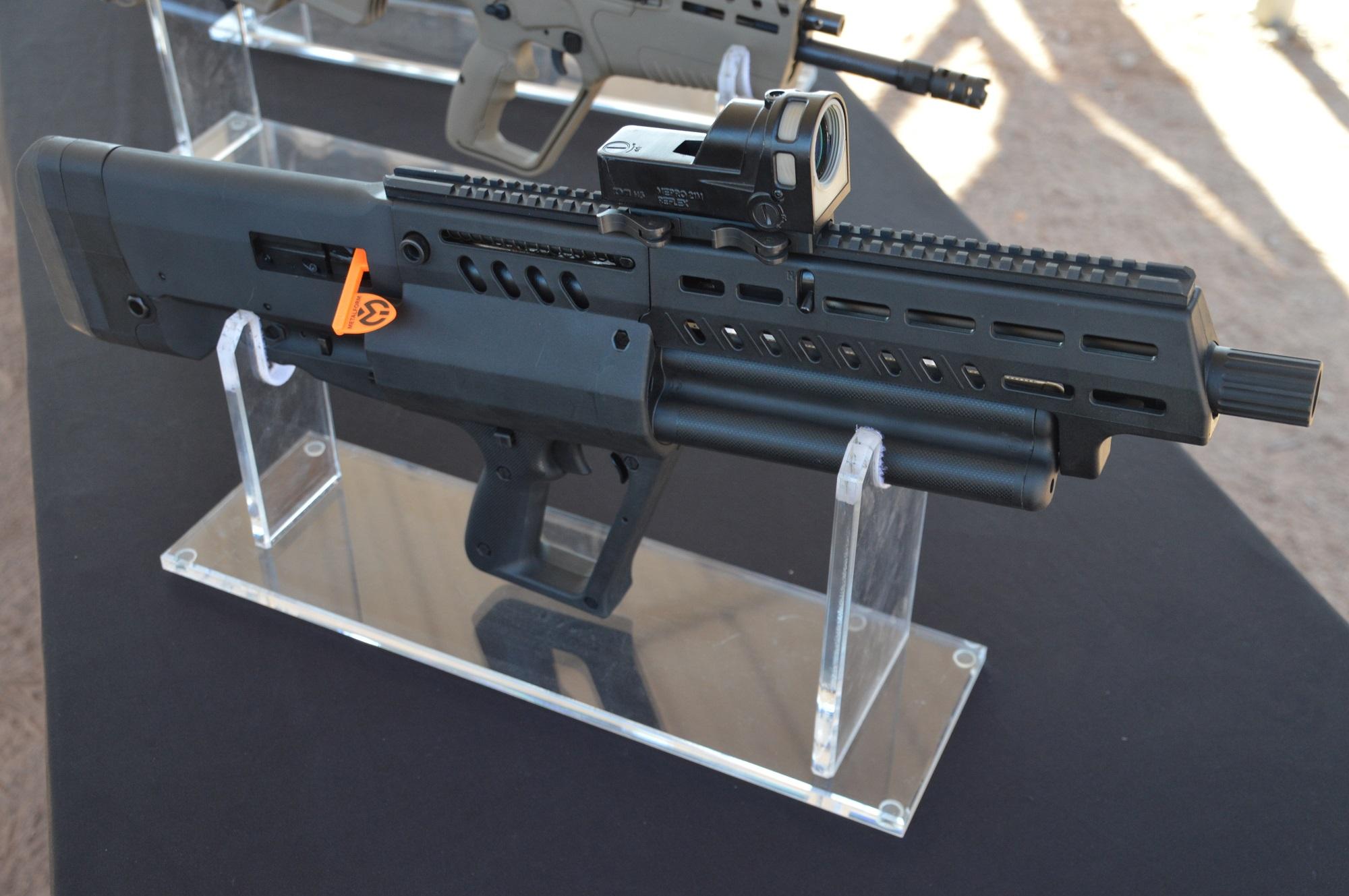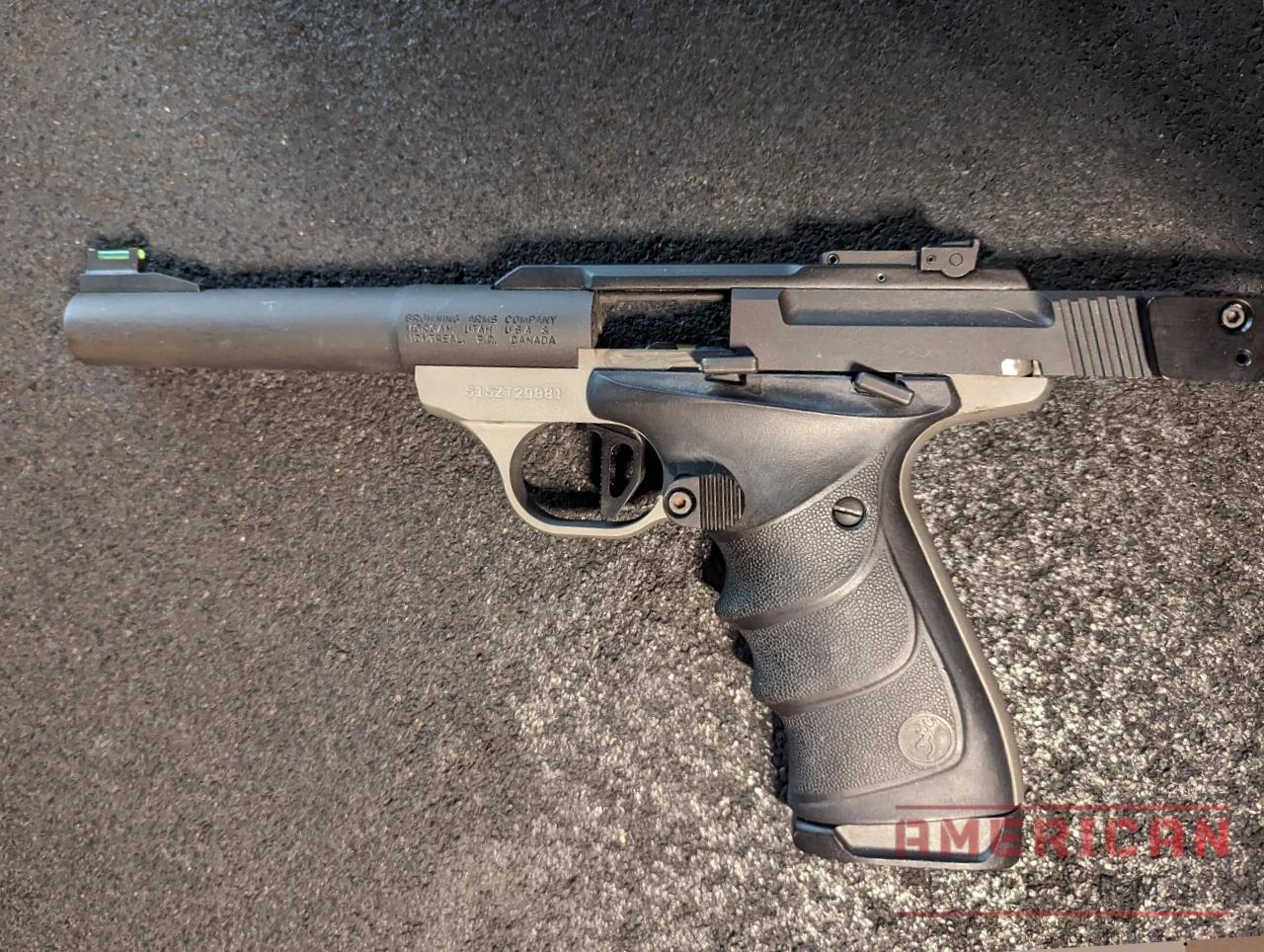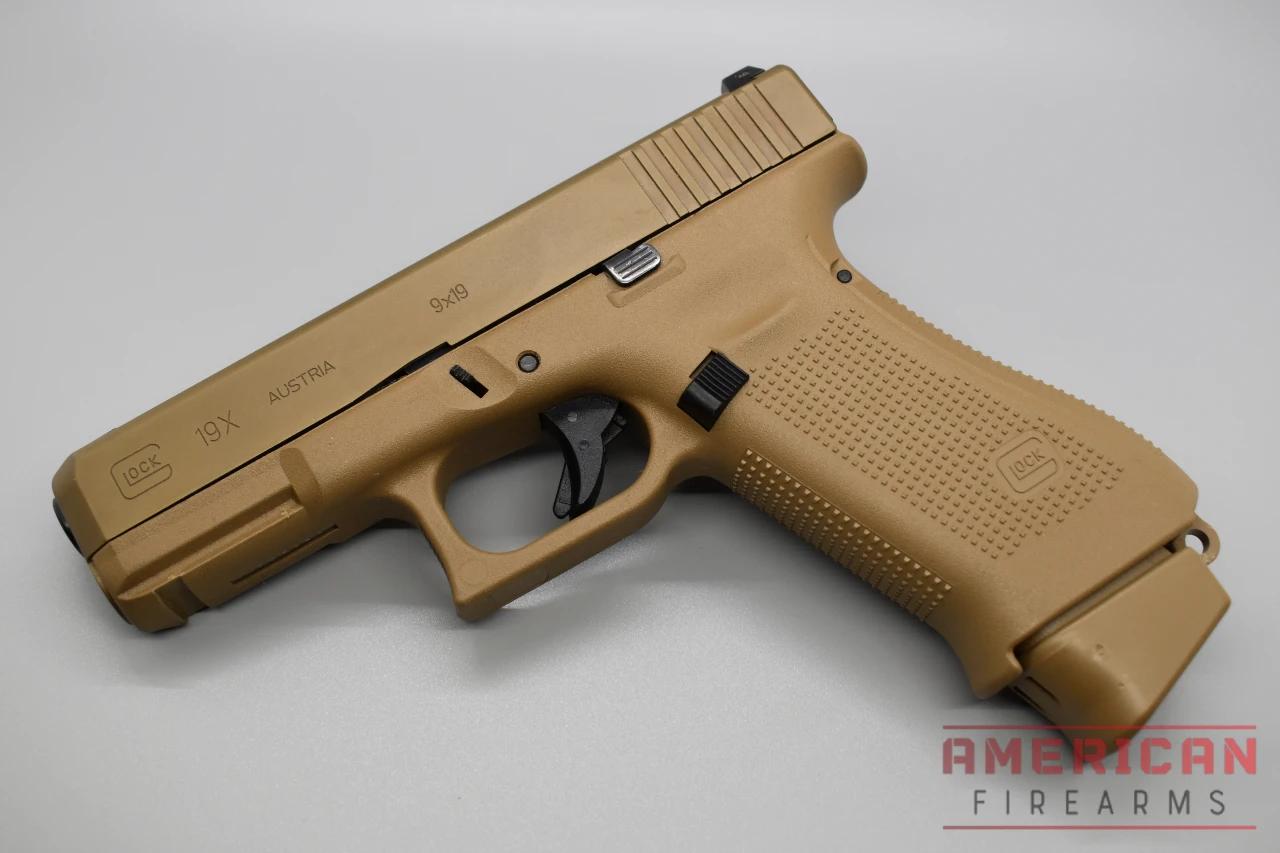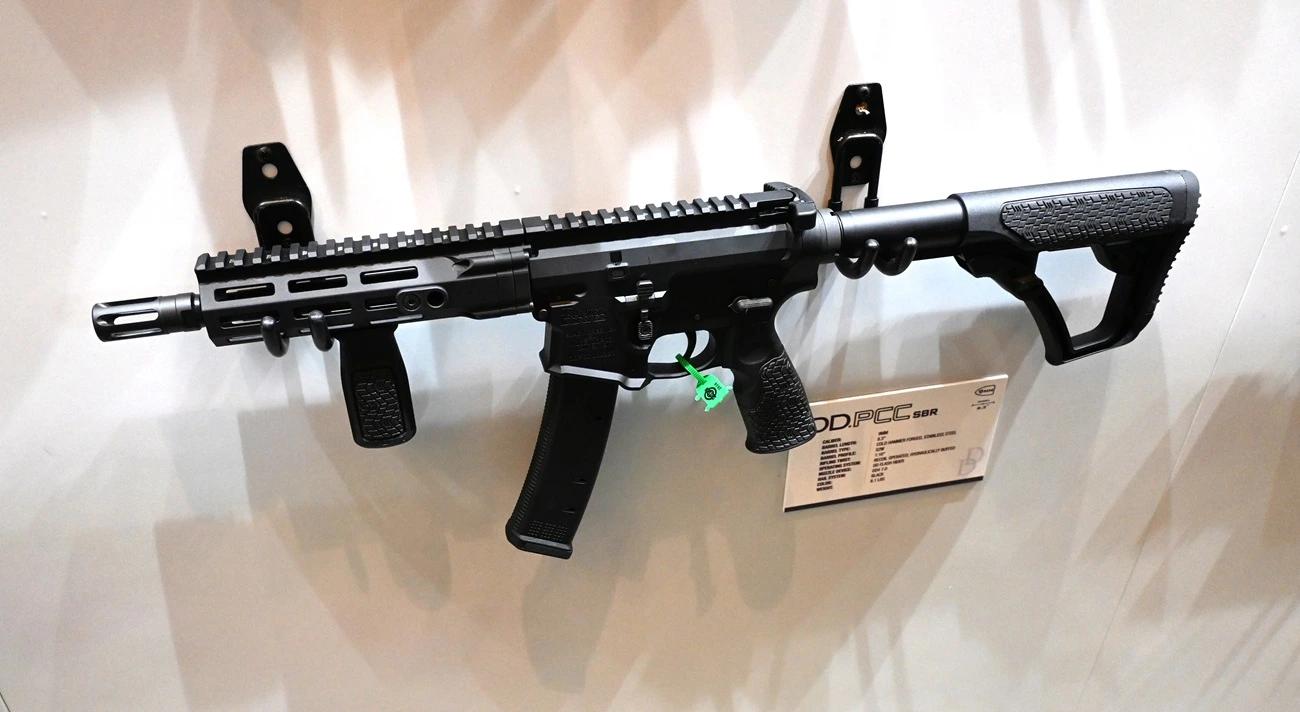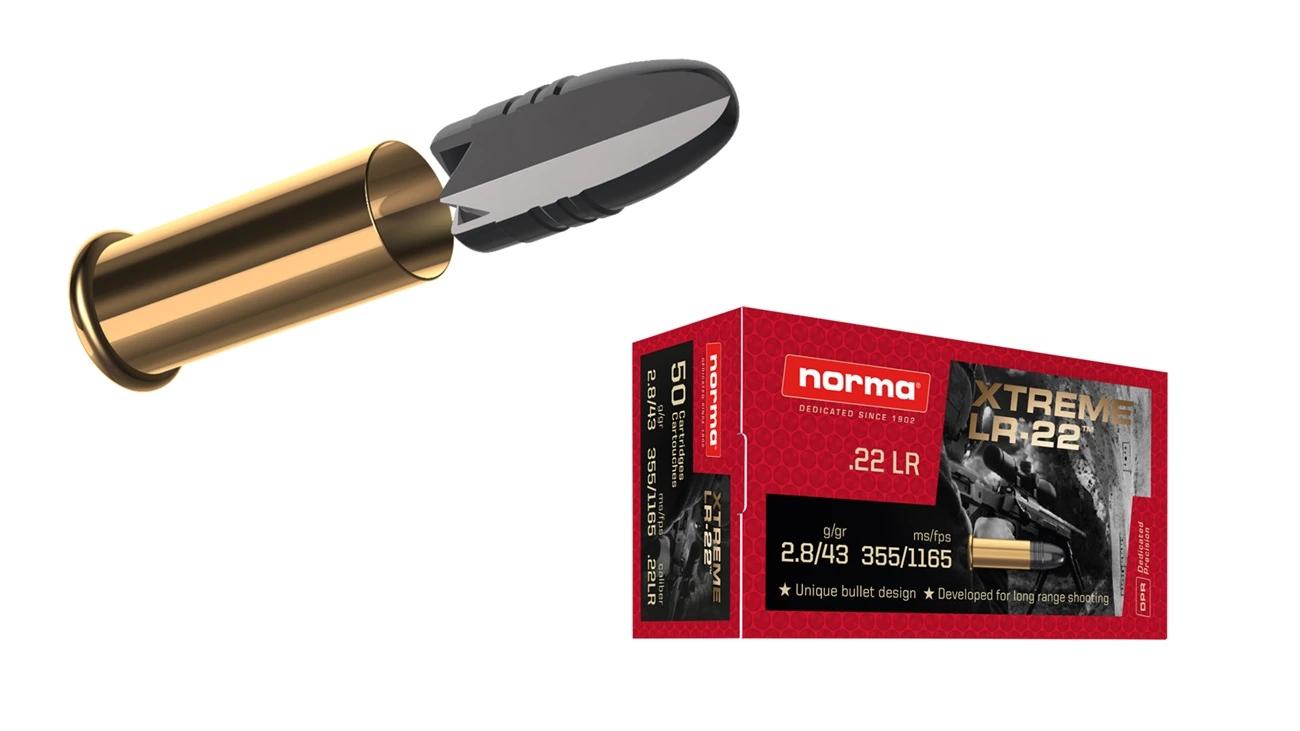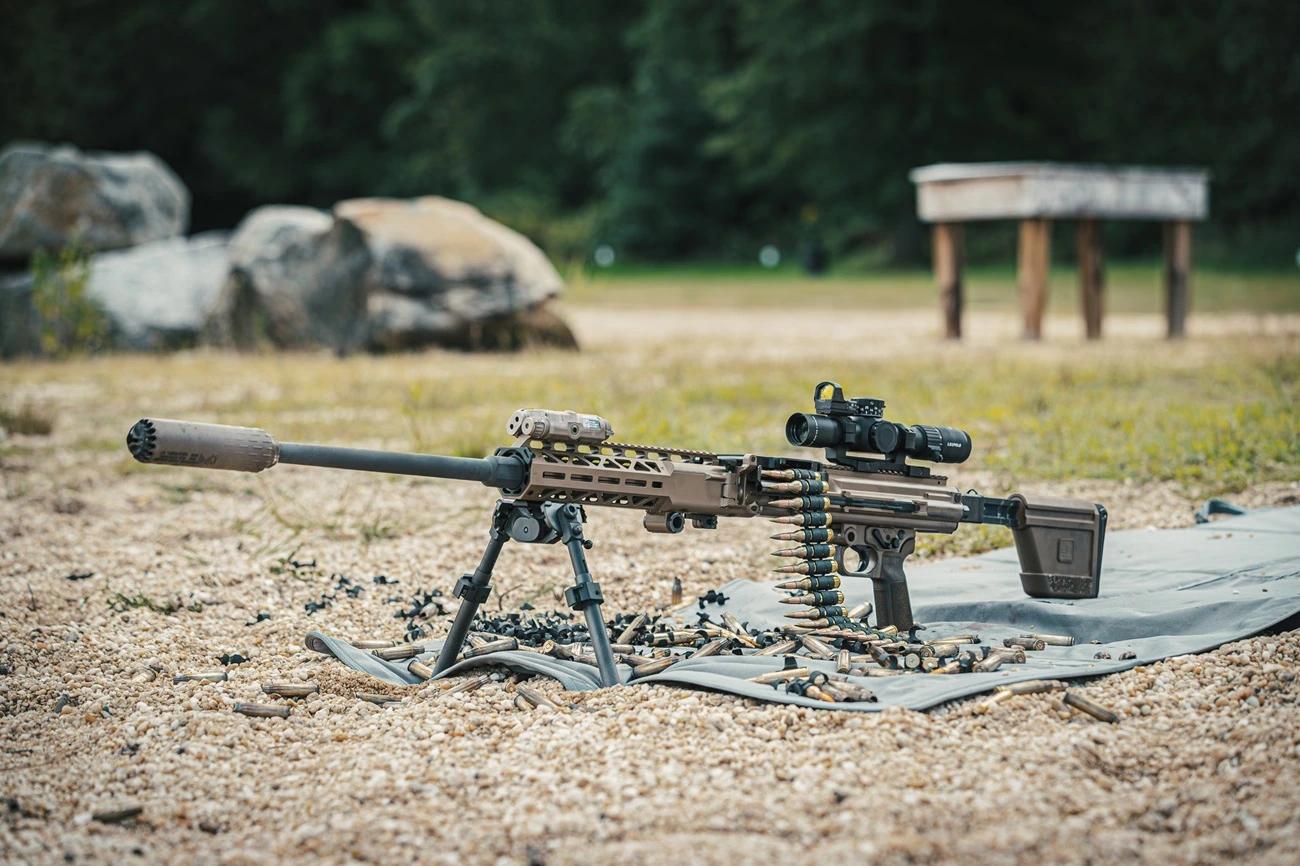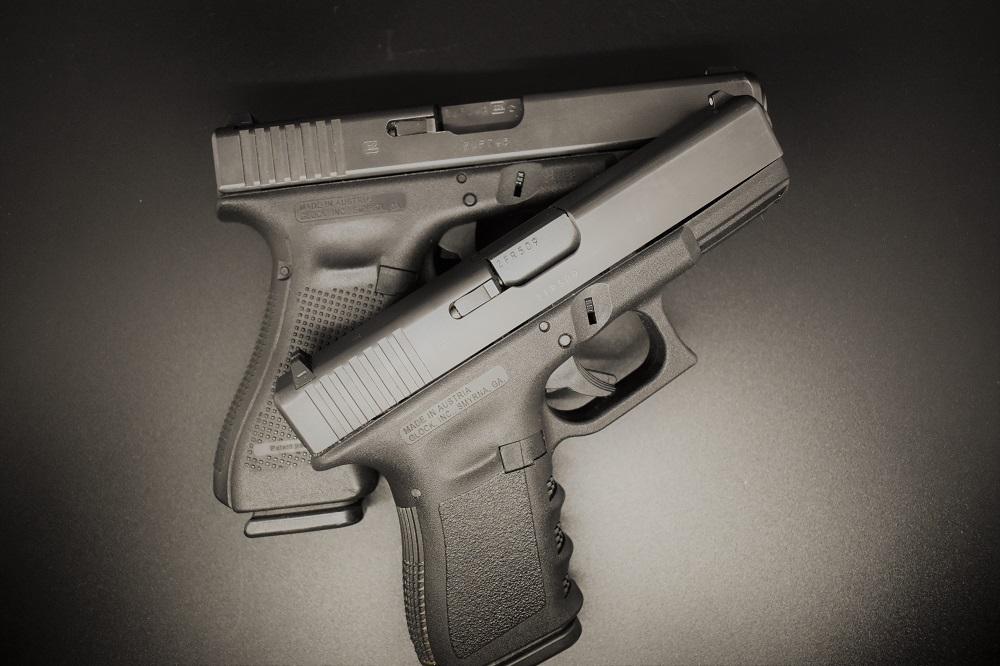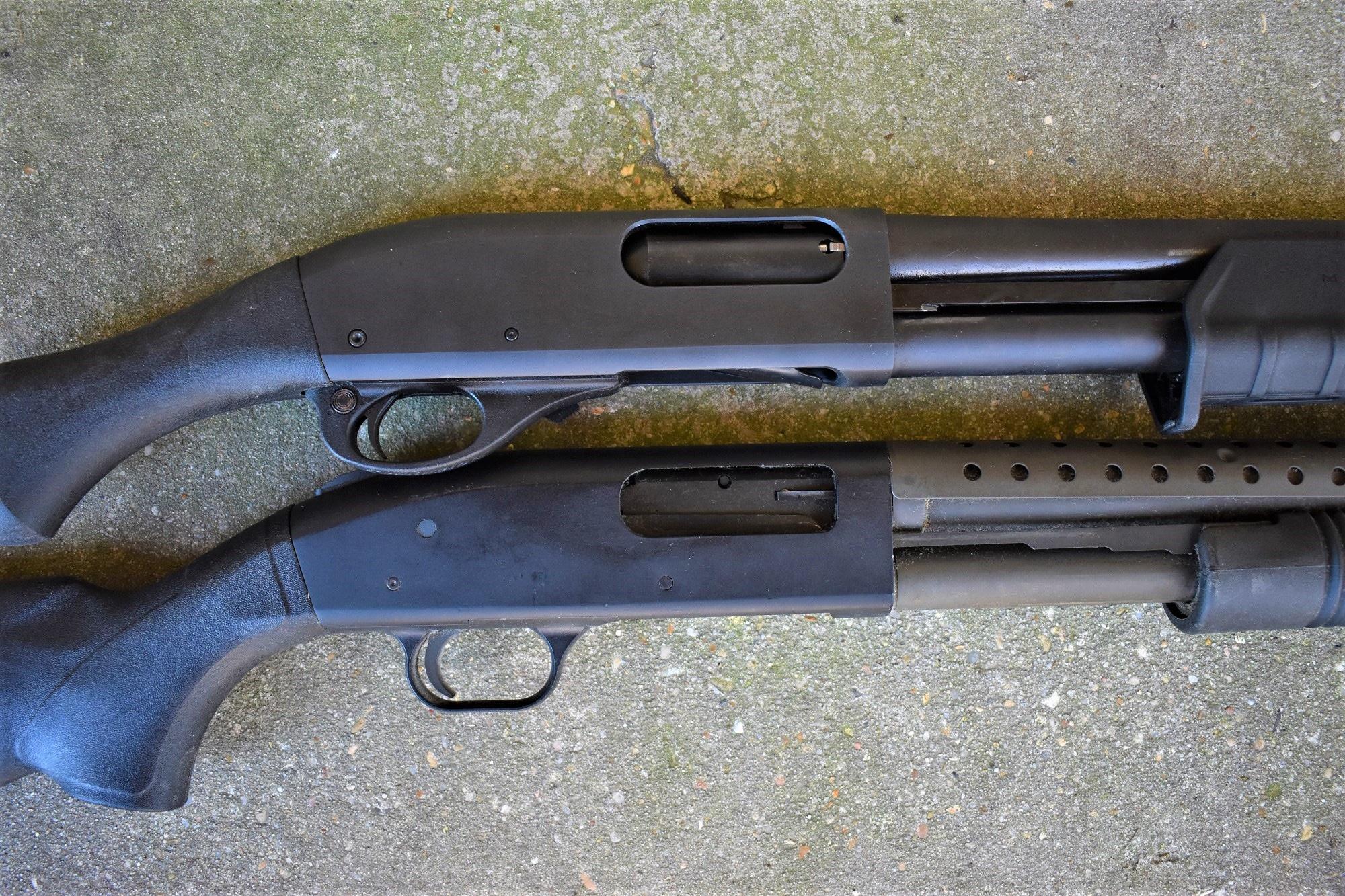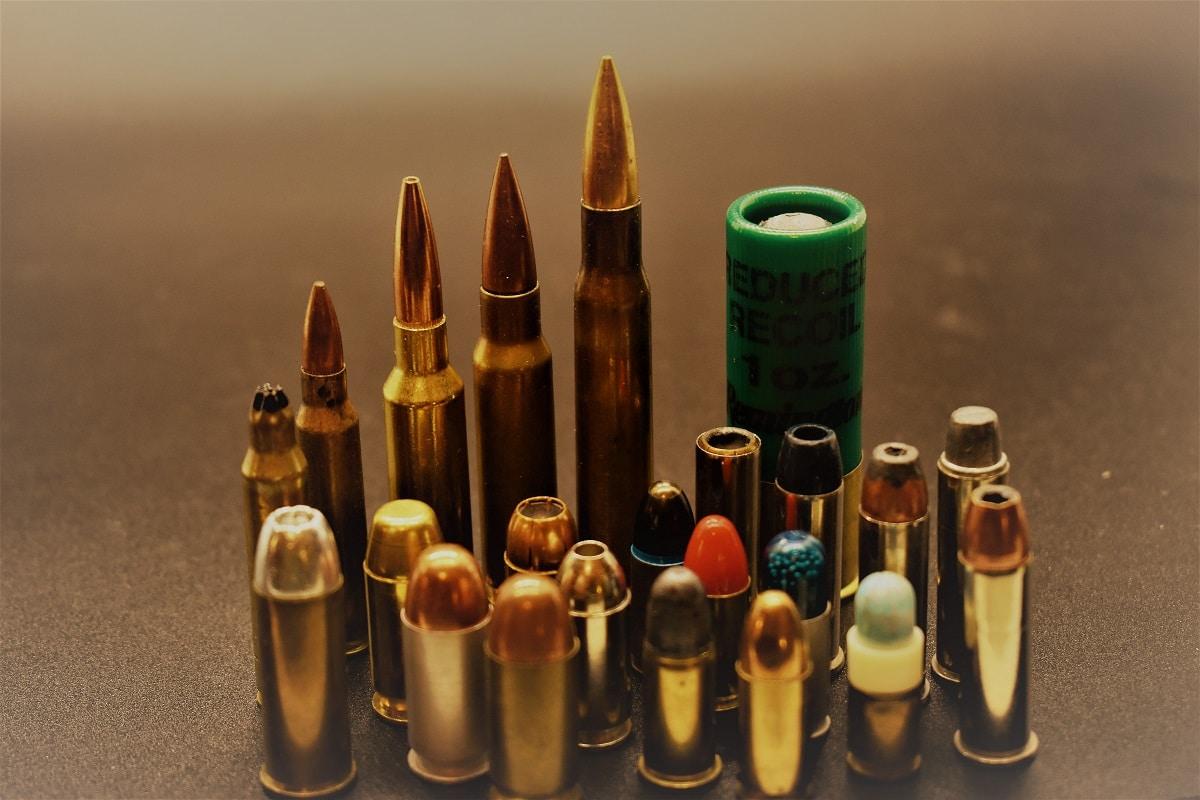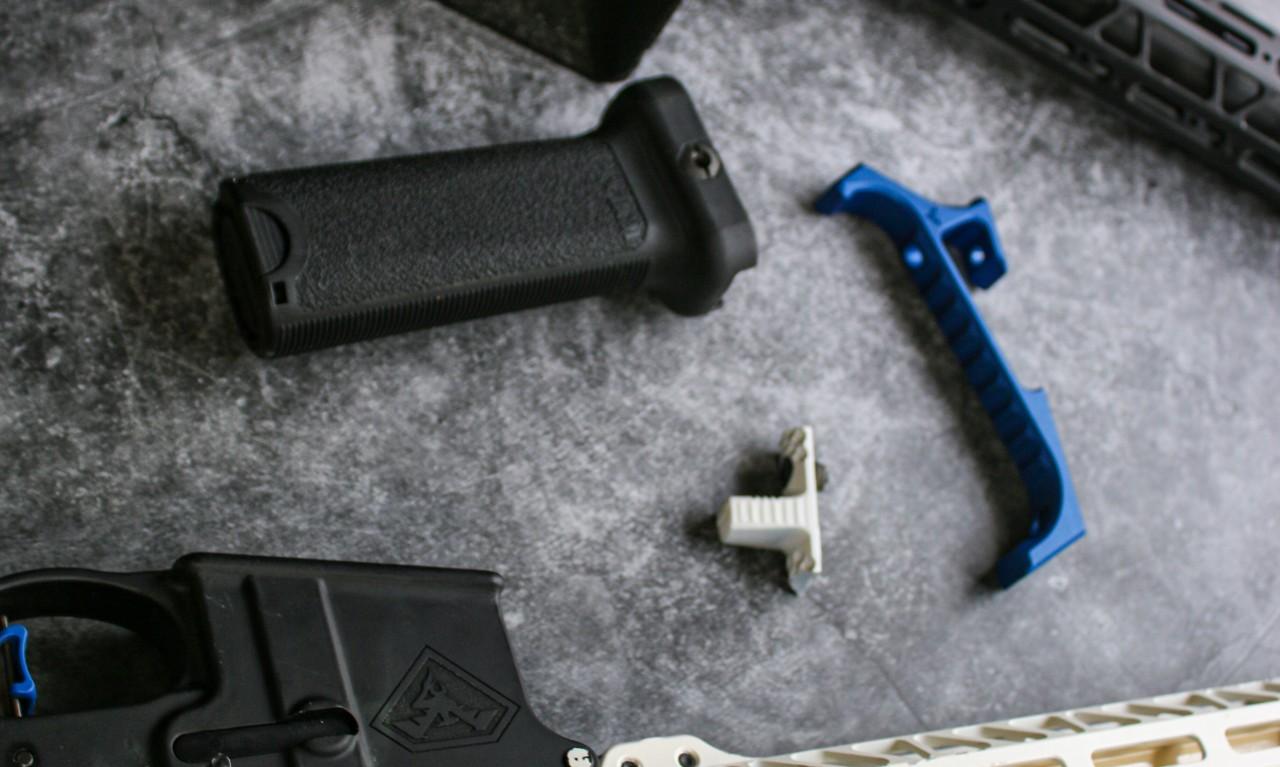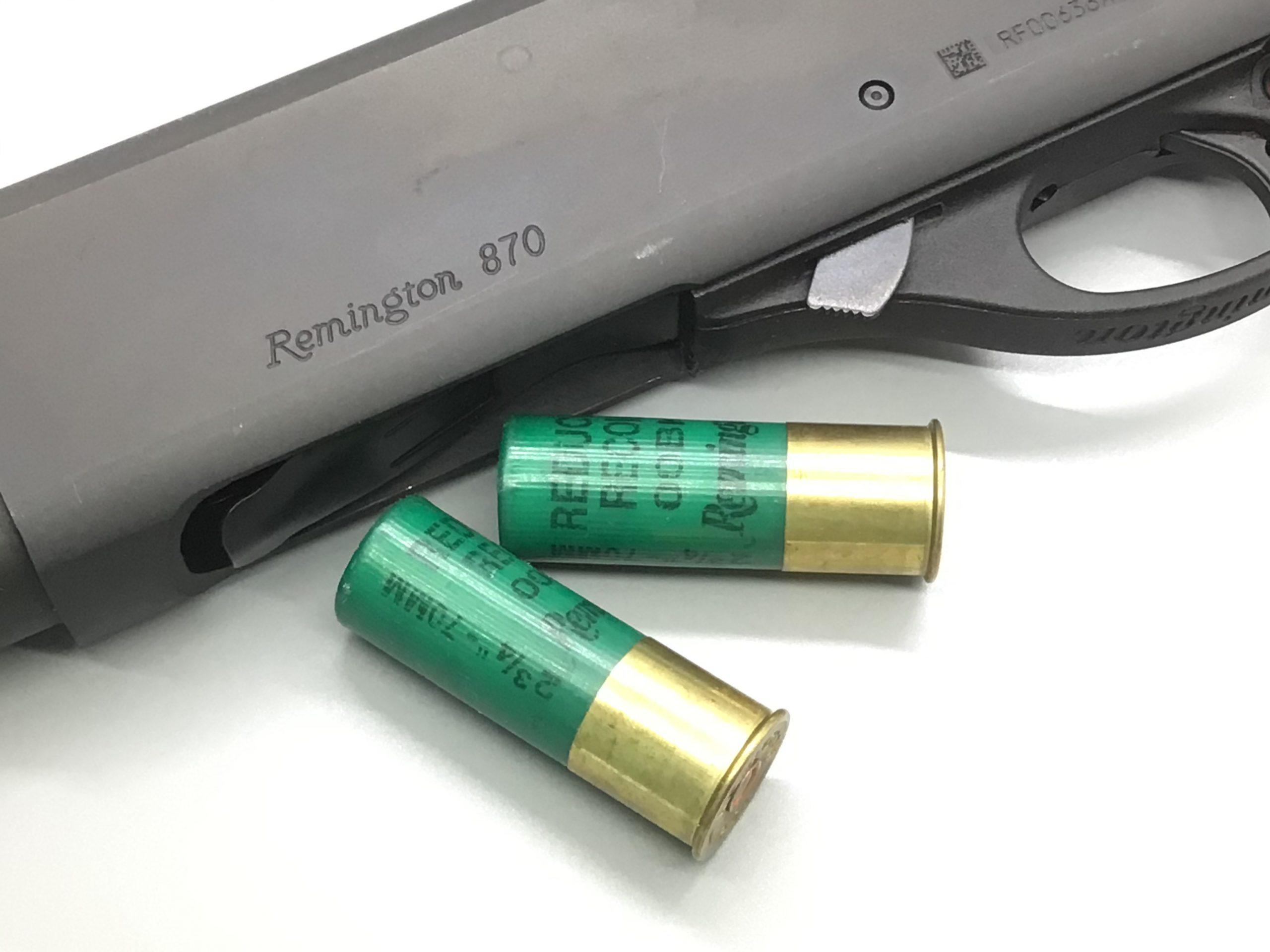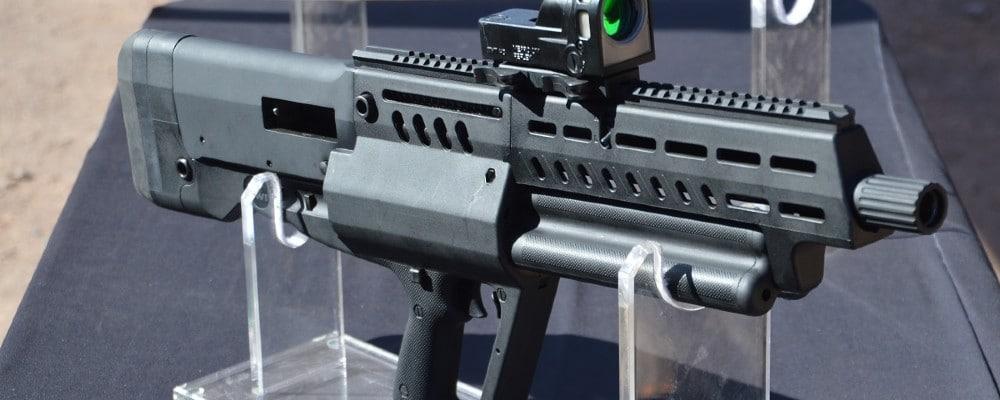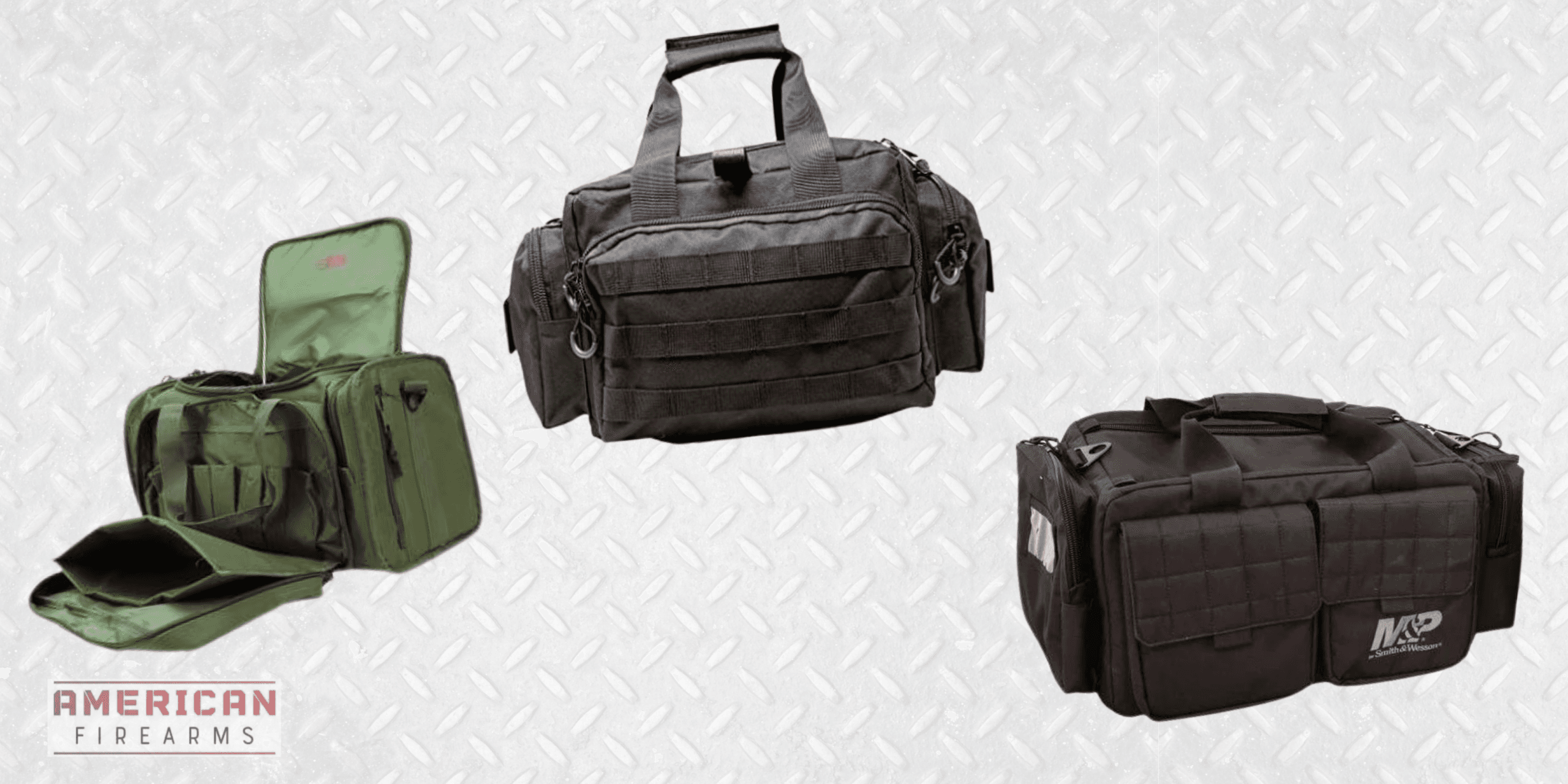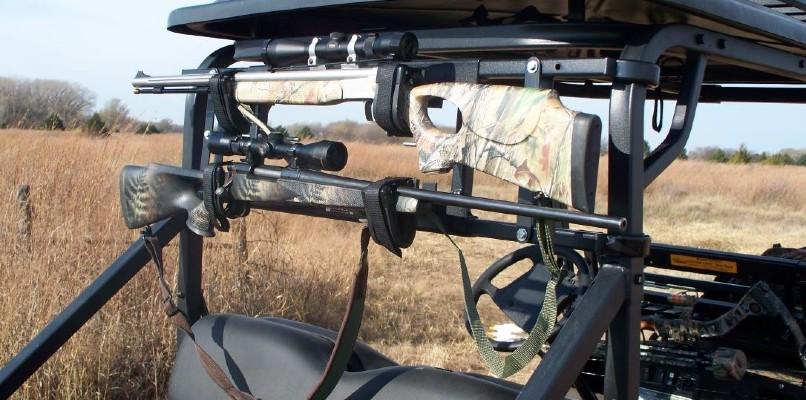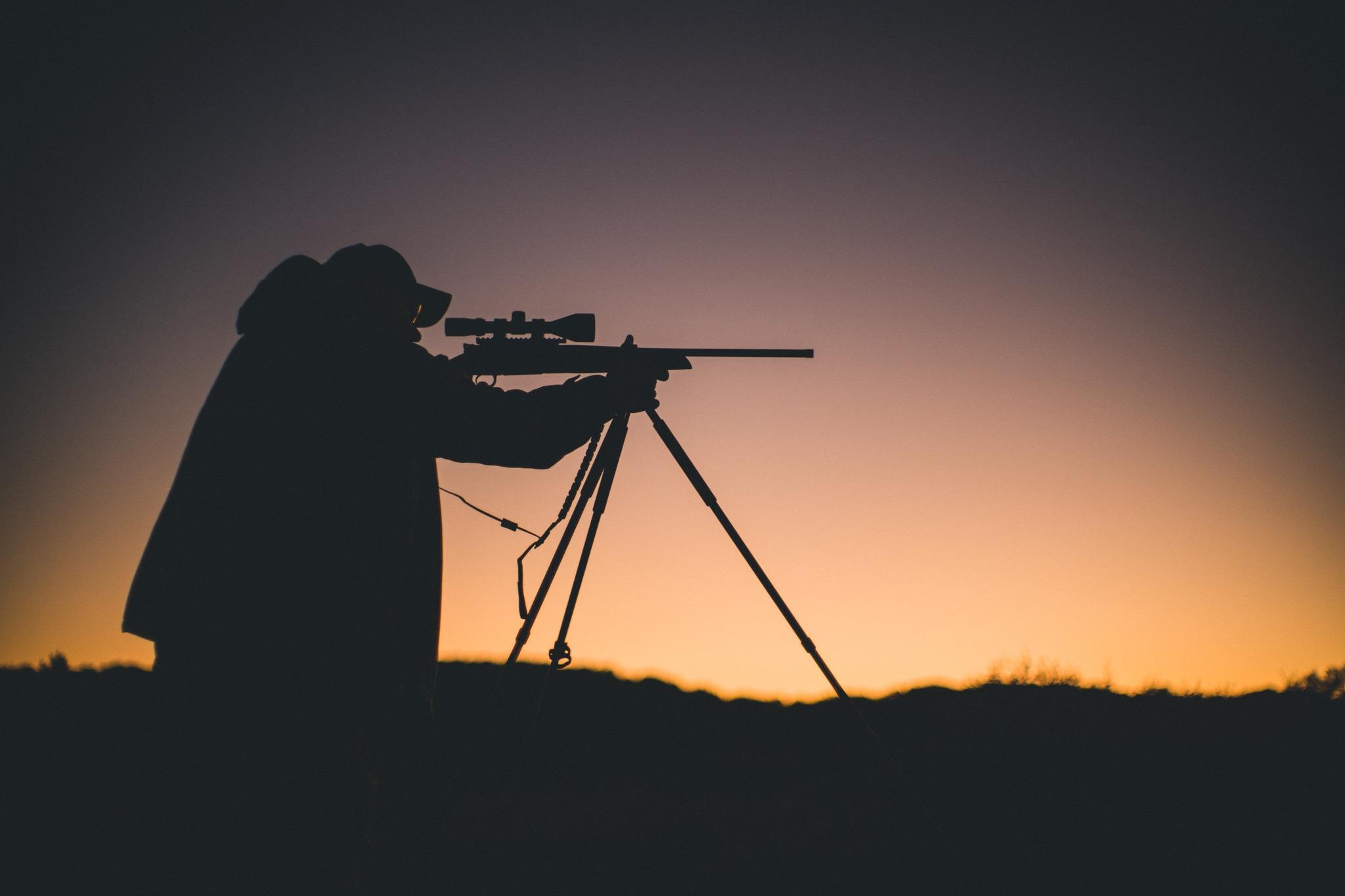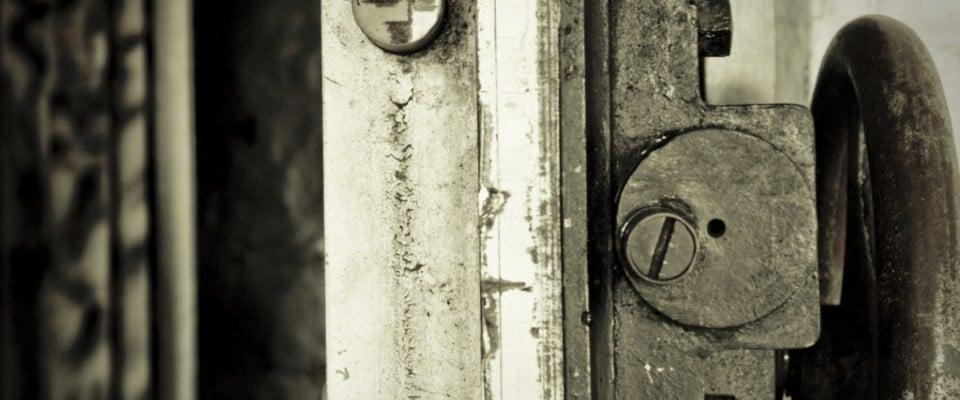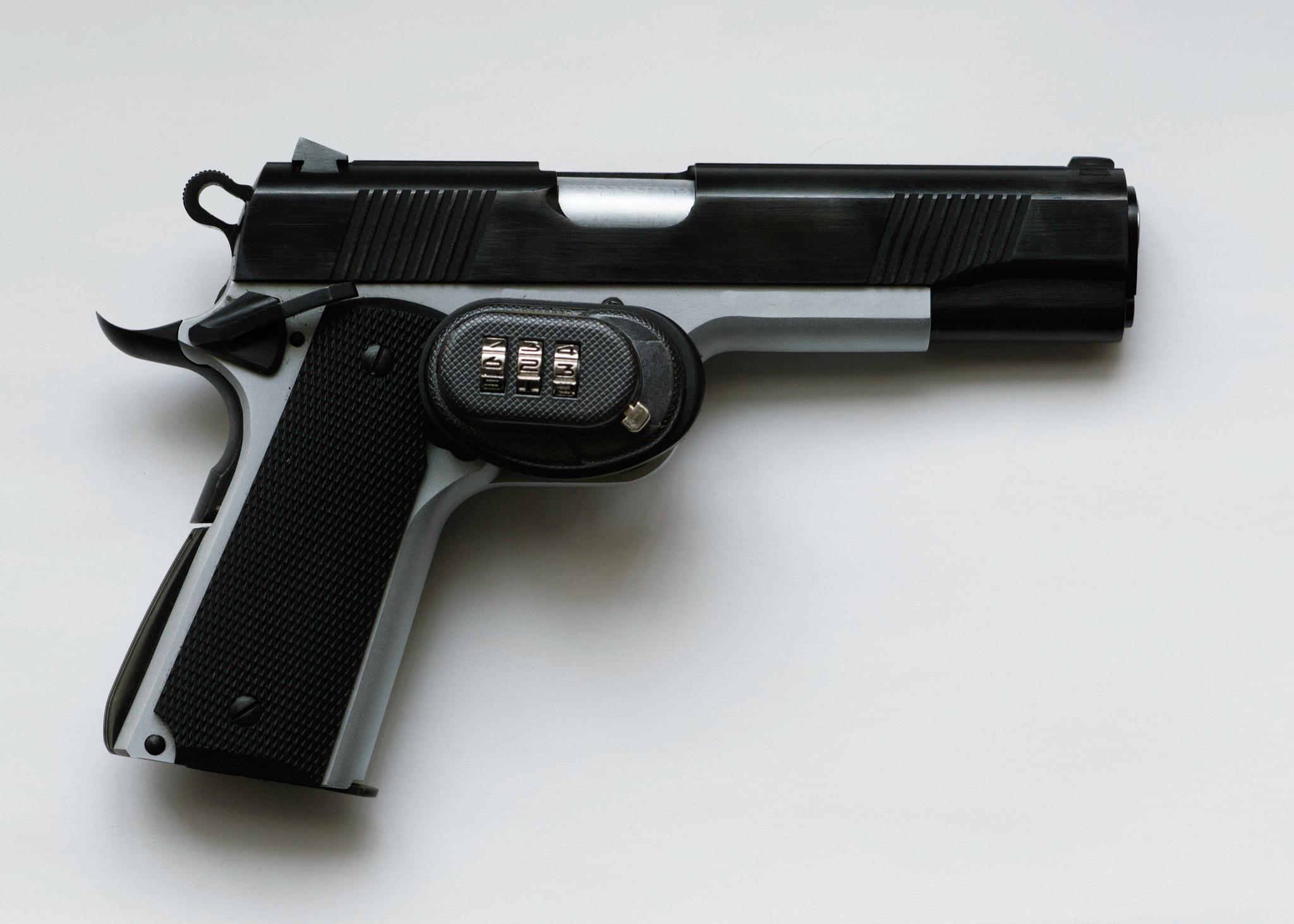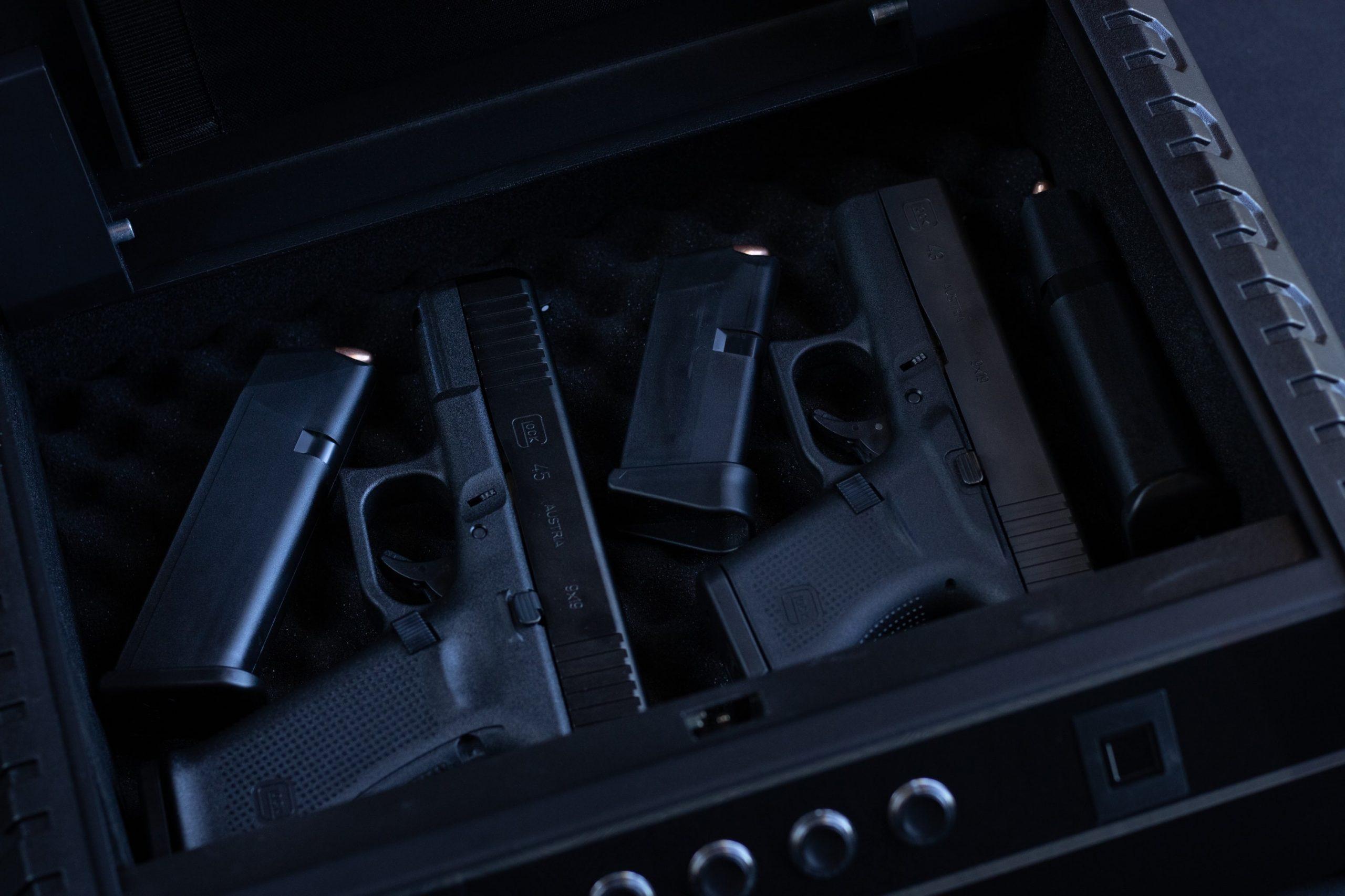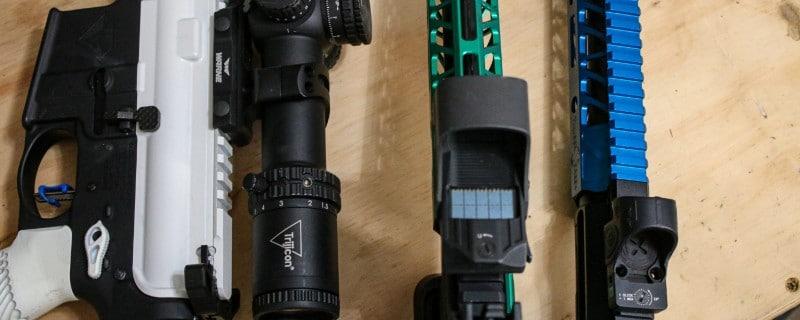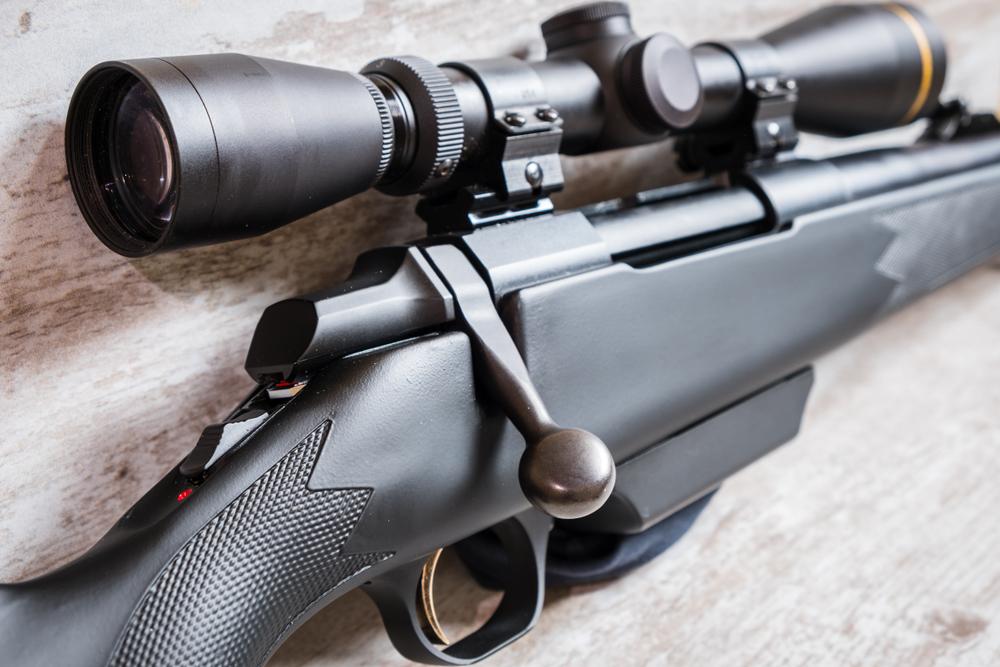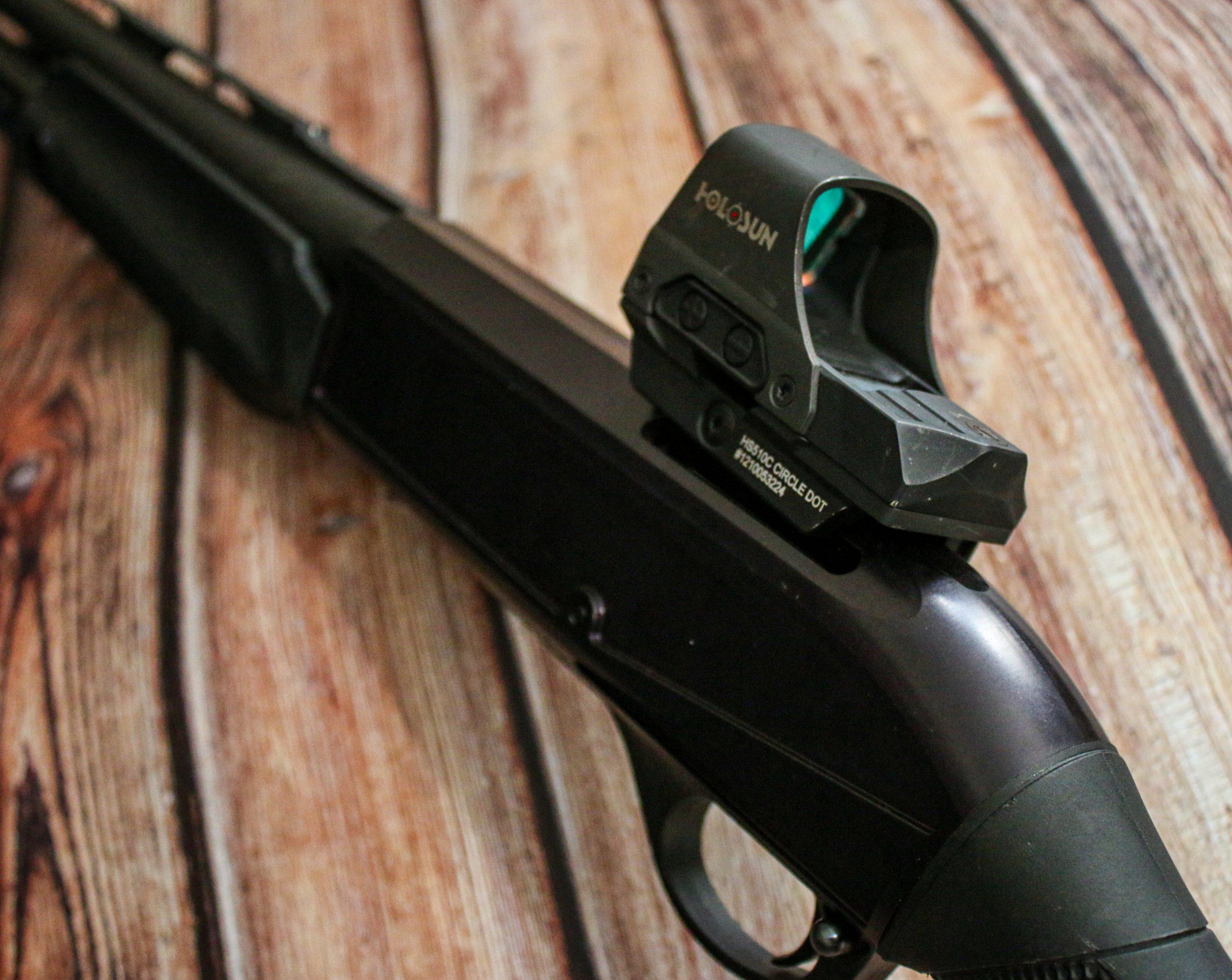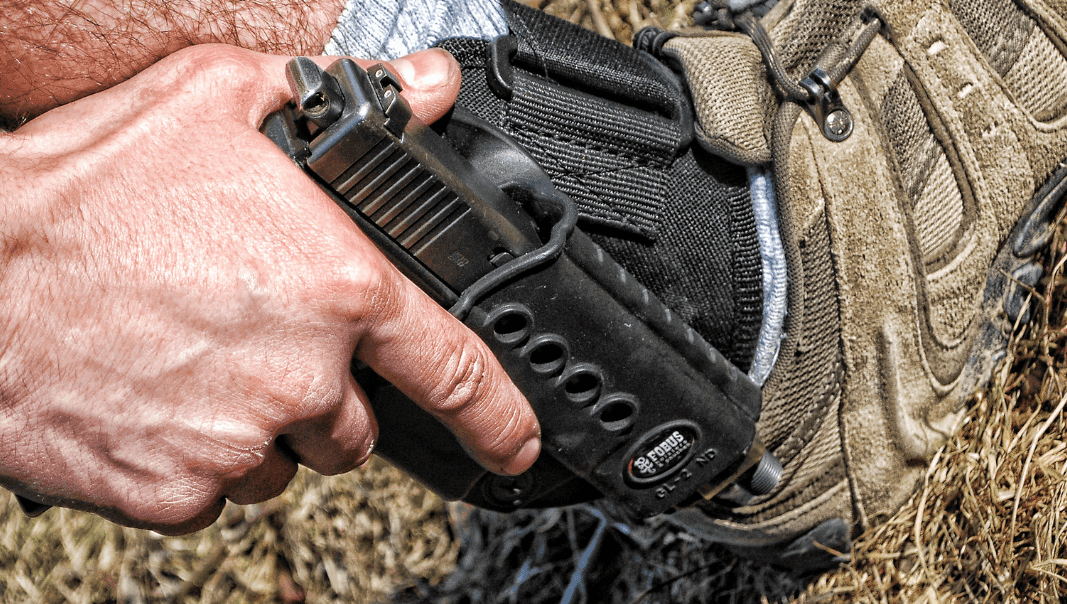What is Shotgun Fit & How Important Is it?
Written By
Michael Crites
Licensed Concealed Carry Holder
Reviewed by
Editorial Team
Learn About The Editorial Team
Share:
Products are selected by our editors. We may earn a commission on purchases from a link. How we select gear.
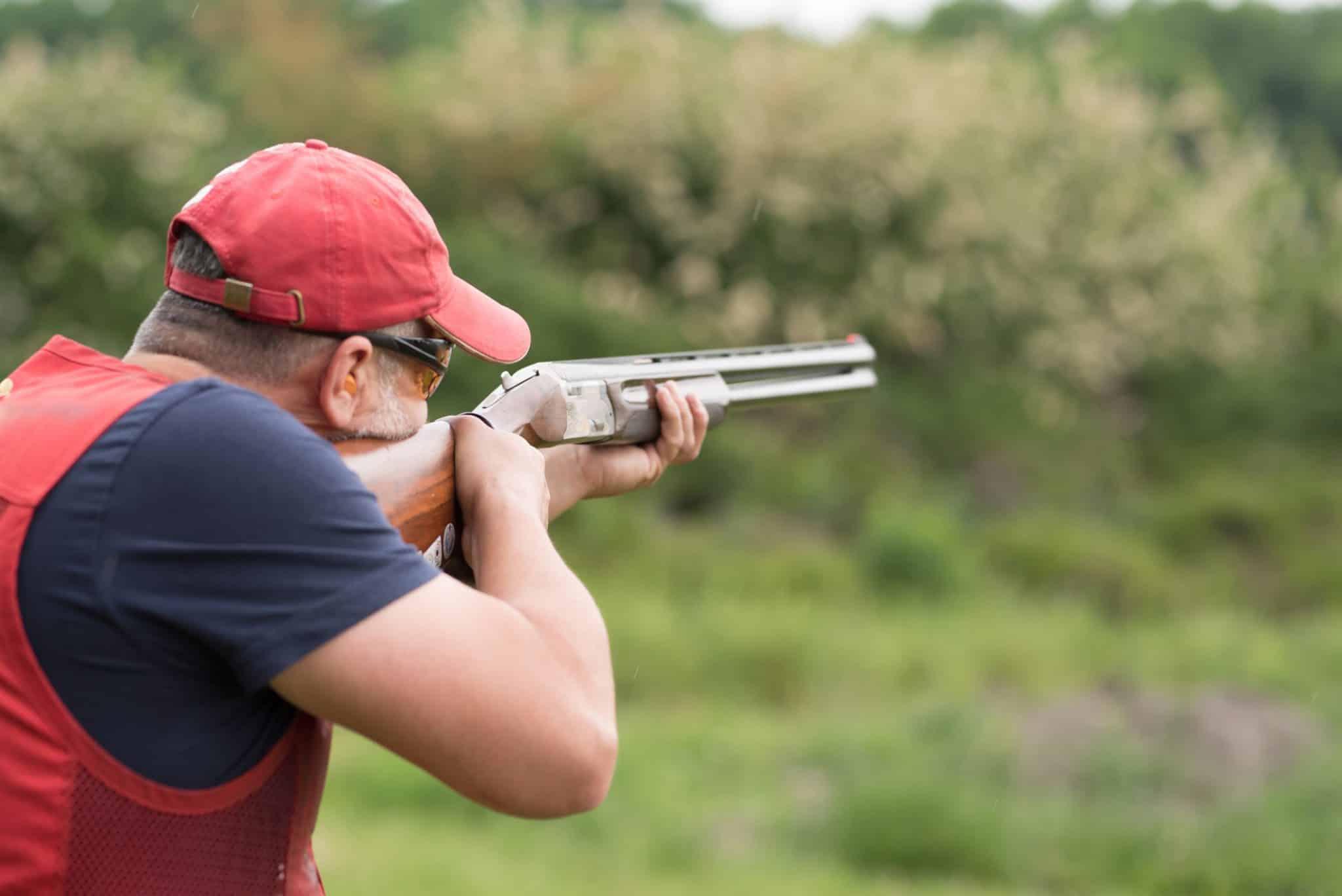
Updated
Jan 2023
Without the traditional sights found on rifes, effective shotgun shooting relies more on fit than other kinds of long guns, but what does “fit” mean and just how important is it?
Gun fit is certainly an important factor in effective shotgunning, but maybe less important than some people contend.
We all know a crack shot that can knock clays down seemingly with any gun, and we’ve all experienced days where every shot was a miss even with a gun that fit perfectly. Of course, a good shot can compensate for a shotgun’s shortcomings, but that can make for a very long day of shooting.
A properly fitted gun eliminates unnecessary effort, which means you avoid drained muscles and the fog of exhaustion — which really matters in game shooting, where you need your wits about you to react to the prey effectively.
In This Article
Try Gun Origins
The idea of gun fit came about as shotguns went from utilitarian weapons to more bespoke items in the mid-1800s. Like a fine hat or pair of handcrafted shoes, a prospective shotgun buyer would “try on” a few off-the-shelf shotguns of varying dimensions, eventually selecting the most comfortable option. That build would then be used to craft the final product.
Eventually, the concept of the “try gun” landed. These fully functional firearms were mechanical works of art that long predated modern modular shotguns. Using an adjustable universal joint and highly adjustable stock that allowed for find-tuning length, drop, and cast, the shopper and a gun fitter hit the range.
With live fire feedback, the fitter honed the stock dimensions until it was a perfect fit for the client’s unique size, shape, and style.
How to get gun fit right
Quality gun fitters are almost as valuable as a good gunsmith. Using body measurements or something as coarse as arm span will only provide so much information as to how well a gun will actually perform and feel in your hands.
But the process of being fitted — yes, it’s a process — means you need a competent fitter, a variety of try guns, hundreds of rounds of ammunition, a patterning plate, and both moving and stationary targets. Not to mention several hundred dollars to invest.
Beyond a bespoke fit or simply whipping out a tape measure, there are several considerations that will, when taken together, help you get fit closer to the pin.
Handedness & Eye Dominance
First is handedness — as in right- or left — and which of your eyes are dominant. There are countless books and recommendations for determining eye domination. Still, one simple way is to extend your arms and create a triangle with your thumb and pointer fingers on either hand, then slowly bring that triangle to your face. The triangle will naturally come back to your dominant eye. Easy.
That said, your eye dominance can change over time, with age, due to injury or simply fatigue. The most important bit is making sure the gun is on the same side of your body as your dominant eye, or you’re likely to miss everything you shoot for.
A reliable gun fitter will account for eye dominance and generally get a handle on which eye is yours after watching you take a few shots. The goal is to get the dominant eye steering the gun so you’re looking straight over the barrel — helping you keep your attention on the target rather than the barrel itself.
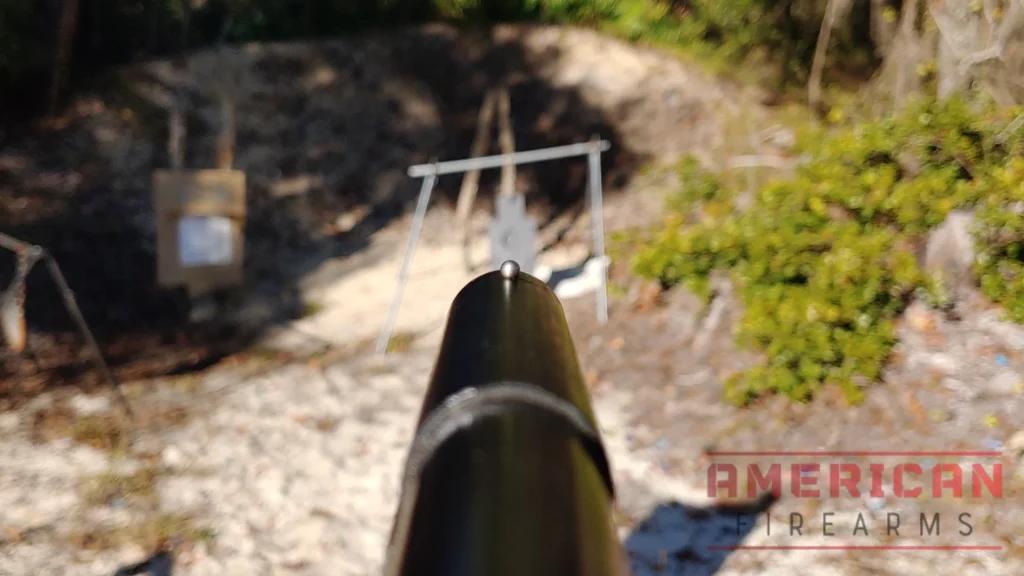
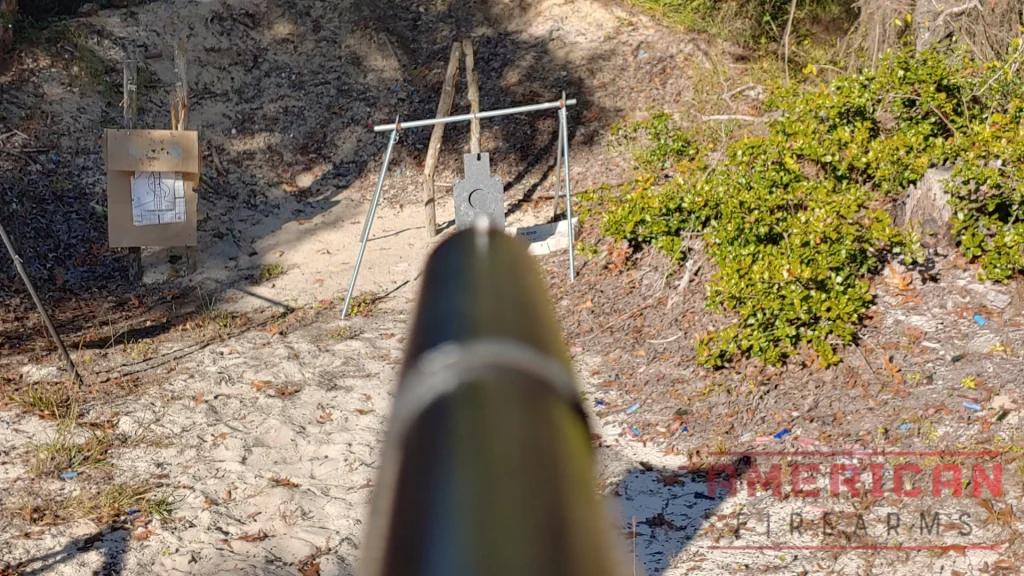
What are standard shotgun dimensions?
Generally, standard shotgun dimensions are a length of pull around 14 inches, comb drop of 1.5 inches, feel drop of 2.5 inches, and no cast (bend) to the left or right.
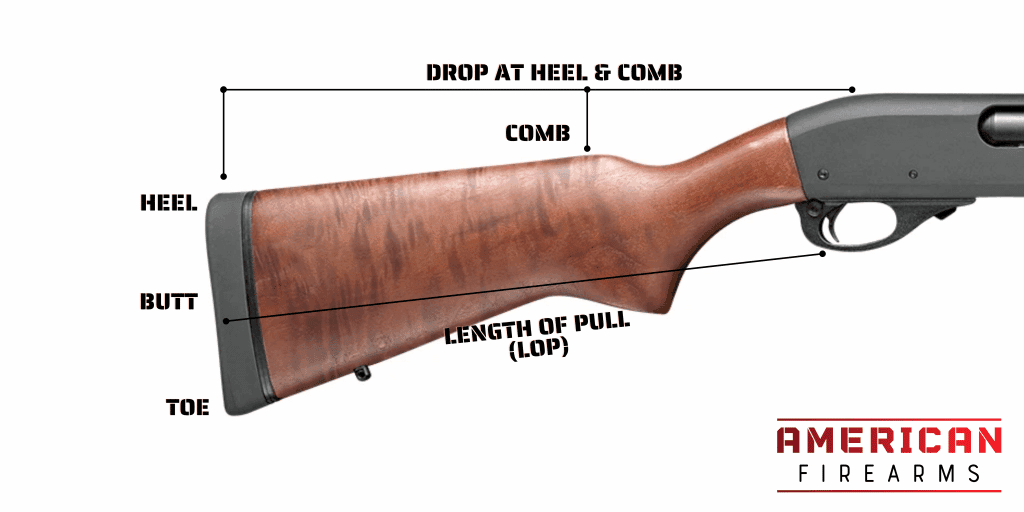
These conventions are consistent enough that most shooters familiar with them can adapt from one standard shotgun to the next without much of an issue. In fact, many people — some fantastic shots — shoot standard factory guns without fail.
This is doubly true if they stick to just one gun for years — often getting well beyond the point of considering customization.
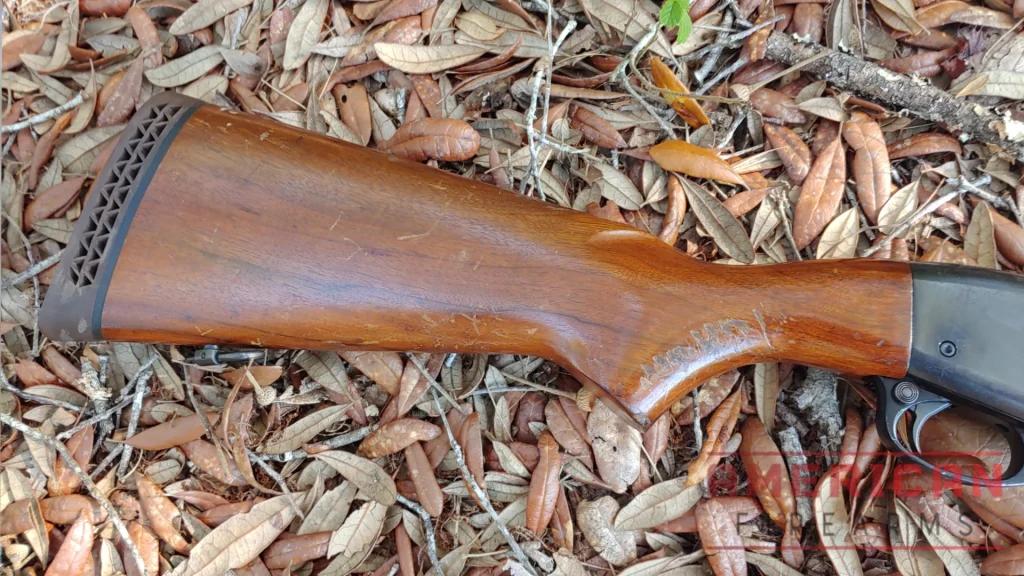
That said, these conventions don’t benefit those outside of average. If you’re short, tall, have long limbs, or have a unique physical consideration, you may benefit from a fitting. You don’t, however, need to drop a ton of cash to get the fit right. Alterations are both straightforward and relatively inexpensive.
Of course, getting the fit correct is impossible without first knowing what’s not right about your gun’s fit. A shooting club is a great way to get acquainted with both a reliable instructor and a wide selection of shotguns to try. If you’re only ever shot a 12-gauge with a 28-inch barrel it can be really eye-opening to try on a 20-gauge 22-incher. Different gauges, actions, and dimensions all offer unique shooting experiences and are worth giving a shot.
Adjusting Pattern Placement
With proper shotgun shooting form, the cheek makes contact with the stock, aligning the eye and muzzle; but as noted, not all humans are the same size. A comb that’s too high for the shooter will produce high shots, while a low comb will have you under-shooting. The goal is to see down the barrel, not the barrel itself (which occurs with a high comb) or no barrel at all (as in a low comb situation.)
You can have your gun professionally fitted and produce repeatable performance (which coincidentally eliminates excuses for missing shots.) Custom fitting is expensive, and you can often have success with some tinkering on your own.
First, trial shots
Test patterns should be your first step. Mount your gun as you would in the field, with a tight choke to focus your pattern, and make a few trial shots to gauge how the gun shoots on average.
At 16 yards, you’ll get one inch of impact adjustment for every 1/16” you add to the comb, so it doesn’t take much to make significant changes to impact at 30 or 40 yards.
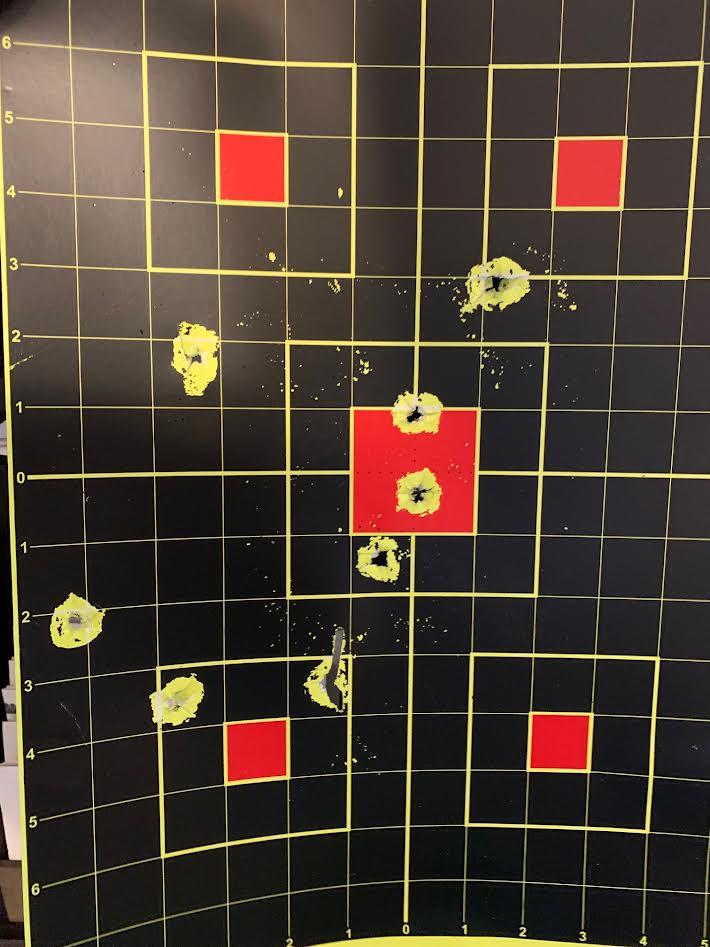
Then, comb adjustments
The good news for guns that pattern low, is that adding height to the comb is both cheap and easy. Adhesive rubber pads are available in various thicknesses, and help you make a few experimental adjustments before committing to something more permanent.
A stock that’s too high or needs cast applied will require more effort. Some companies, such as Beretta, solve for these adjustments with spacer systems that can make fine-tuning your shotgun much more straightforward than breaking out the rasp.
On stock dimensions & LOP
Proper stock fit means a useable length of pull (LOP), which is the distance in inches from the trigger to the end of a stock. Many youth and lady’s guns will have shorter LOP than other full-size guns, which makes sense and helps these smaller-framed shooters considerably.
The old “trigger finger to inside of elbow test” is common sense, which means it is neither — everyone is different. It can work in a pinch, but it shouldn’t be the only means of determining LOP fit.
A better approach is to hold the butt of the gun vertically in the crook of your shooting arm. The trigger should be aligned with the first joint of your index finger. With a proper LOP you’ll have an inch or so between the thumb on your shooting hand and your nose, which will keep heavy shell recoil from knocking yourself in the face, which will make for a hell of a hard follow-up shot.
A stock that’s too long is a pain to mount, and one that’s too short is a pain to shoot, which is why it’s generally best to run the longest LOP you can manage when accounting for clothing, as something as small as a half inch can make a huge difference.
A Note On Experience
Before anyone can measure or otherwise guide your shotgun fit, you should already know how to shoot to some degree.
Adjusting a shotgun to fit with “standard conventions” for a new student or complete beginner does little to help them shoot better, as improving one’s shooting requires, well, practice. Unless the user or the firearm is way outside expected ranges, there’s really no reason to start padding the stock.
Get a few hundred rounds in with your shotgun before even thinking about whether you should consider adjusting the fit.
In the same vein, if you’re confident and consistent with a gun you really like, you’re liable to do more harm than good once you start letting “The Science of Shotgunning” mess with your head (or your stock). Better to let sleeping dogs lie.
More Reading
- DoubleGunShop.com. (2020) History of the “Try Gun”
Sign up for our newsletter
Get discounts from top brands and our latest reviews!

